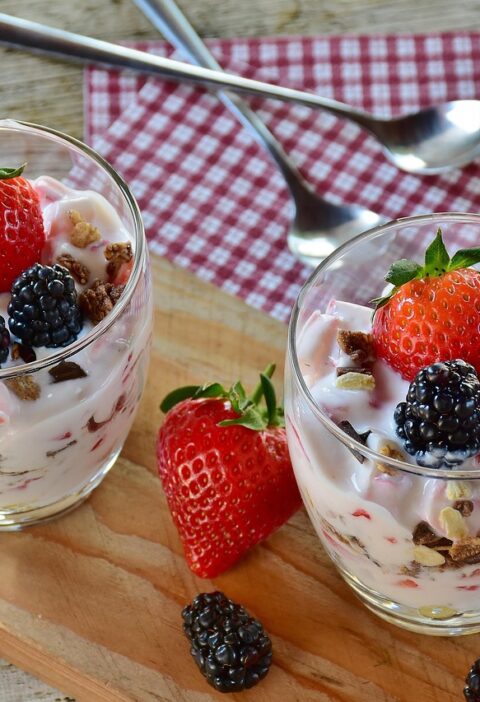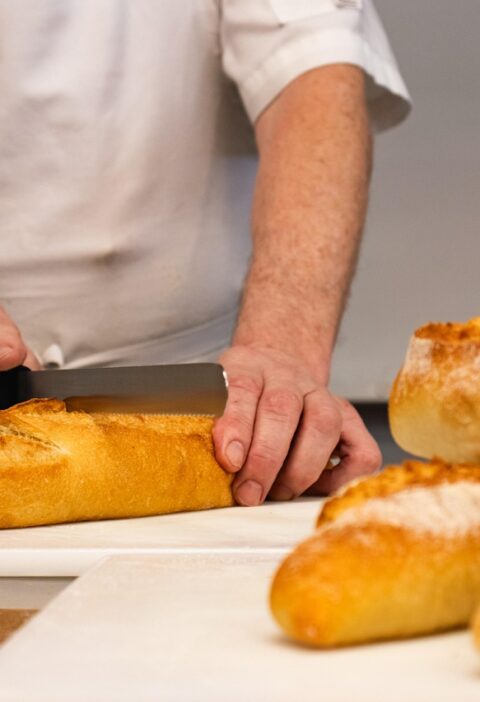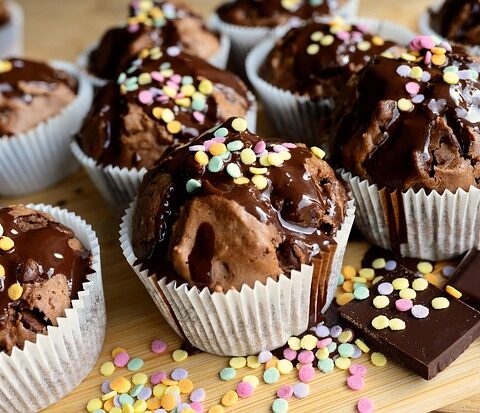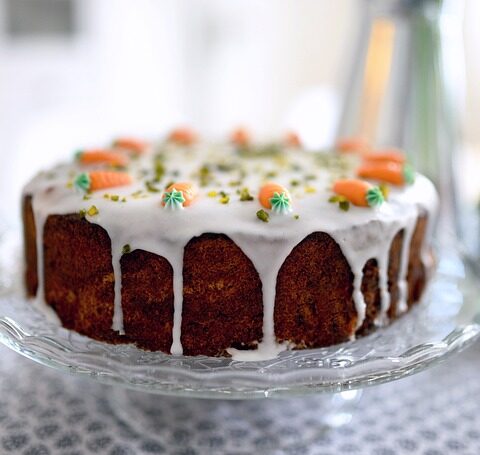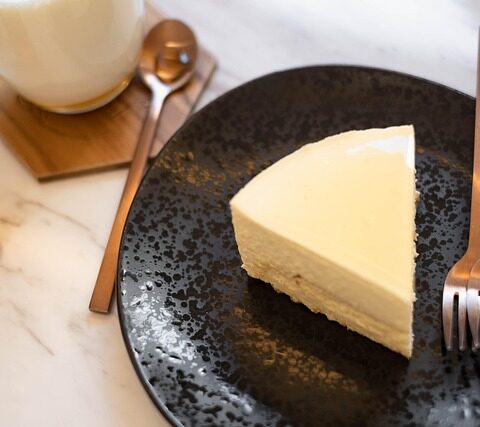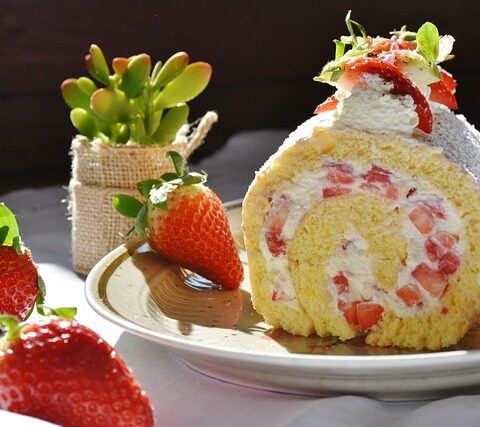Baking has always been a comforting act: the warmth of the oven, the scent of something sweet rising, and the satisfaction of that first bite. But for many people who have had to give up gluten, this joy can quickly turn into frustration. Cakes crumble, cookies spread too much, and breads feel dense or dry. If you have ever found yourself staring at a failed loaf, wondering what went wrong, you’re not alone.
The good news? Gluten-free baking doesn’t have to be complicated. With the right techniques, a little patience, and an understanding of how ingredients work together, you can make soft, fluffy, and flavorful baked goods, all without a trace of gluten. This guide will walk you through the basics, the must-know tricks, and a few tried-and-true recipes that prove gluten-free baking can be just as delicious as the traditional kind.
Understanding Gluten and Why It Matters
Before you dive into baking, it’s helpful to understand what gluten does. Gluten is a protein found in wheat, barley, and rye. It acts like glue, giving dough its structure and elasticity. When you knead bread or mix cake batter, gluten helps trap air, allowing your baked goods to rise and hold their shape.
When you remove gluten, you lose that natural structure. That’s why gluten-free baking often needs a combination of flours and binding agents to mimic the same effect. Without these adjustments, baked goods can end up flat, crumbly, or overly dry.
But don’t worry, that’s where this guide helps you master the art of replacing gluten without losing flavor or texture.
The Secret to Gluten-Free Baking Success: The Flour Mix
In traditional baking, most recipes rely on just one flour, usually all-purpose. But gluten-free baking uses a blend of flours to achieve the right balance of texture, taste, and structure.
Here’s how you can build your own gluten-free flour mix:
- 1 part starch: Helps create a soft, fluffy texture (options: tapioca starch, corn starch, or potato starch).
- 1 part light flour: Adds airiness and prevents heaviness (options: rice flour or sorghum flour).
- 1 part protein-rich flour: Gives structure and body (options: almond flour, buckwheat flour, or oat flour).
You can mix your own blend or buy ready-made gluten-free flour mixes available in stores. If you’re new to gluten-free baking, starting with a commercial blend might make the transition smoother.
The Role of Binders: Holding It All Together
Since gluten acts as a natural binder, gluten-free recipes often rely on substitutes like:
- Xanthan gum or guar gum: These are the most common binders that help trap air and provide structure. You only need a small amount, usually about ½ teaspoon per cup of flour.
- Psyllium husk powder: A natural fiber that adds elasticity and moisture. Great for breads.
- Chia or flax seeds: When mixed with water, they form a gel-like texture that binds ingredients together, perfect for muffins or cookies.
These small additions make a big difference in the final texture of your baked goods.
Moisture is Key
One of the biggest challenges in gluten-free baking is dryness. Without gluten, it’s easier for baked goods to lose moisture quickly. To fix this, always include ingredients that add moisture naturally:
- Applesauce, yogurt, mashed bananas, or pumpkin puree – all help keep cakes and muffins tender.
- Honey, maple syrup, or agave – natural sweeteners that lock in moisture better than refined sugar.
- A bit of extra fat – butter, coconut oil, or olive oil makes the texture richer and softer.
When baking gluten-free, it’s often better to slightly underbake than overbake. A few minutes less in the oven can make a huge difference in keeping that soft, melt-in-your-mouth texture.
Simple Tips for Perfect Gluten-Free Baking
- Measure accurately. Use a kitchen scale if possible. Gluten-free flours vary in weight and texture, so precise measurement matters.
- Let the batter rest. Allow it to sit for 15–30 minutes before baking. This helps the flours hydrate and prevents a gritty texture.
- Don’t overmix. Mixing too much can break down the structure, making the final product dense.
- Bake at the right temperature. Gluten-free baked goods often need slightly lower heat or longer baking time to cook evenly.
- Add a touch of acid. Lemon juice or vinegar can lighten the texture of gluten-free cakes and breads by activating baking soda.
Foolproof Gluten-Free Recipes
Now that you understand the basics, let’s move on to some simple yet delicious recipes that will win over everyone, even those who don’t eat gluten-free.
1. Soft and Fluffy Gluten-Free Pancakes
Ingredients:
- 1 cup gluten-free flour blend
- 2 tablespoons sugar
- 1 teaspoon baking powder
- ¼ teaspoon salt
- 1 cup milk (or almond milk)
- 1 egg
- 2 tablespoons melted butter
- 1 teaspoon vanilla extract
Method:
Whisk the dry ingredients in one bowl. In another, mix the wet ingredients. Combine both until smooth, then let rest for 10 minutes. Cook on a lightly greased pan over medium heat until bubbles form. Flip and cook until golden.
Tip: Add blueberries, chocolate chips, or cinnamon for extra flavor.
2. Moist Gluten-Free Banana Bread
Ingredients:
- 3 ripe bananas (mashed)
- 2 eggs
- 1 cup gluten-free flour blend
- ½ cup brown sugar
- 1 teaspoon baking soda
- ½ teaspoon cinnamon
- ¼ cup melted butter or coconut oil
Method:
Preheat the oven to 350°F (175°C). Combine all wet ingredients, then add the dry ingredients gradually. Pour into a greased loaf pan and bake for about 45–50 minutes until a toothpick comes out clean.
Tip: Mix in walnuts or chocolate chips for added crunch and taste.
3. Classic Gluten-Free Chocolate Chip Cookies
Ingredients:
- 1½ cups gluten-free flour blend
- ½ cup butter, softened
- ½ cup brown sugar
- ¼ cup white sugar
- 1 egg
- ½ teaspoon baking soda
- 1 teaspoon vanilla extract
- ½ cup chocolate chips
Method:
Cream the butter and sugars together. Add the egg and vanilla, then slowly mix in the dry ingredients. Fold in chocolate chips. Scoop onto a baking tray and bake at 350°F (175°C) for 10–12 minutes until golden brown.
Tip: Chill the dough before baking for a thicker, chewier cookie.
4. Gluten-Free Muffins for Any Occasion
Ingredients:
- 2 cups gluten-free flour blend
- 2 teaspoons baking powder
- ½ teaspoon salt
- ½ cup sugar
- 2 eggs
- ¾ cup milk
- ¼ cup melted butter
- 1 teaspoon vanilla
Method:
Combine wet and dry ingredients separately, then mix until just combined. Add blueberries, chocolate chips, or grated carrots for variety. Bake at 350°F (175°C) for 20 minutes.
Tip: Sprinkle sugar on top before baking for a light crust.
How to Store Gluten-Free Baked Goods
Gluten-free baked items can dry out faster than regular ones. Store them in airtight containers and consume within a few days. You can also freeze them — just wrap tightly in plastic and thaw at room temperature when needed. For breads, a quick reheat in the oven can restore freshness.
Conclusion
Gluten-free baking may seem like a science experiment at first, but once you understand the basics, it becomes an art of balance and creativity. It’s about finding the right mix of flours, the perfect level of moisture, and learning to trust the process.
The best part? You’ll soon realize that gluten-free baking isn’t just for those with dietary restrictions; it’s for everyone who loves good food. From soft pancakes to chewy cookies and rich banana bread, every recipe becomes a reminder that deliciousness has no limits. So, preheat that oven, grab your whisk, and bake with confidence, because your next gluten-free masterpiece is just a bowl away.

